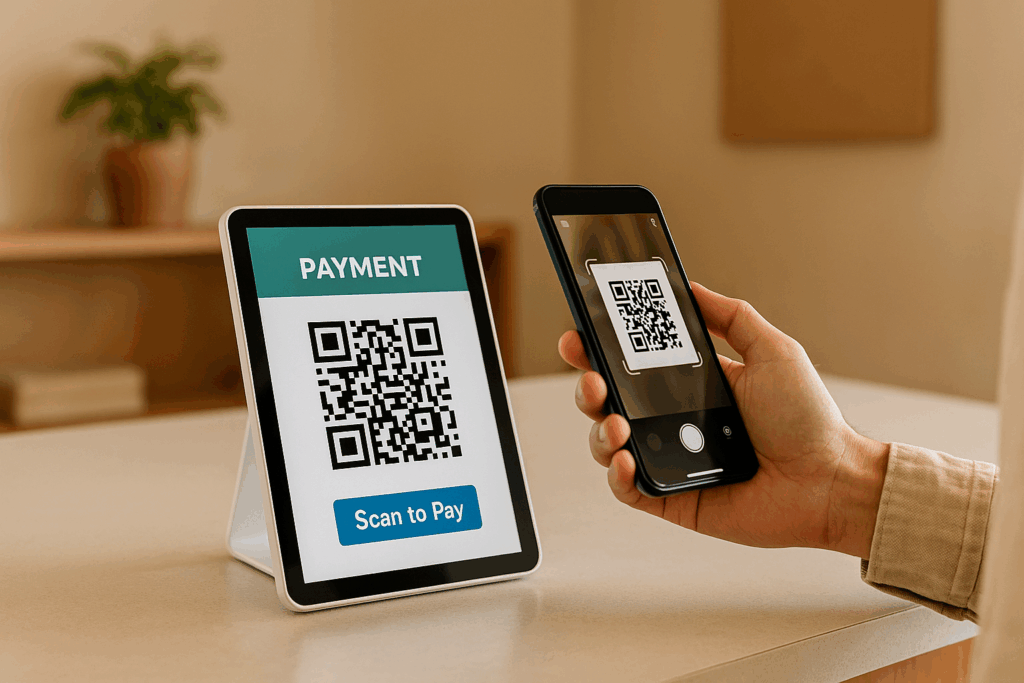Integrating Payment Solutions With Accounting Software: Tips & Tricks

Integrating payment systems with accounting software simplifies financial management by automating data entry, reducing errors, and saving time. It ensures real-time updates, accurate records, and compliance with U.S. financial standards like tax tracking and reporting formats. For small and medium-sized businesses, this connection reduces manual tasks, improves cash flow visibility, and supports efficient decision-making. Key […]
How to Audit Your Payment System for Security Gaps

Auditing your payment system is critical for protecting sensitive data, meeting compliance standards, and maintaining customer trust. Without regular audits, vulnerabilities can lead to data breaches, financial losses, and regulatory penalties. Here’s a quick summary of what you need to know: Compliance Standards: Follow key frameworks like PCI DSS, SOC 2, and GLBA to secure […]
Step-by-Step Guide to Implementing Secure Online Payments

Secure online payments are essential for protecting customer data and building trust in your business. Here’s a quick breakdown of how to implement them effectively: Choose a Secure Payment Gateway: Look for features like PCI DSS compliance, fraud prevention tools, and tokenization. Ensure it integrates smoothly with your platform. Encrypt Customer Data: Install TLS/SSL certificates […]
Checklist for Choosing Fraud Prevention APIs

Fraud prevention APIs are vital for protecting your business from financial losses, chargebacks, and reputational harm caused by fraudulent transactions. Here’s a quick guide to help you pick the right one: Understand Your Business Needs: Identify your payment methods, transaction types, volumes, and industry-specific risks. Consider compliance requirements like PCI DSS or SOC 2. Evaluate […]
Choosing the Right Payment Processor for Your Business Size and Type

Choosing the right payment processor is essential for smooth transactions, cost management, and security. Your business’s size and industry play a big role in deciding the best fit. Here’s what you need to know: Small businesses benefit from simple, fixed-rate pricing and easy-to-use tools like mobile card readers or all-in-one platforms for e-commerce. Medium-sized businesses […]
How Tokenization Protects Cross-Border Payment Data

Tokenization replaces sensitive payment information, like credit card numbers, with meaningless tokens, ensuring data security during cross-border transactions. Unlike encryption, tokens have no mathematical link to the original data, making them useless if intercepted. Cross-border payments face risks due to multiple intermediaries, varying regulations, and currency conversion. Tokenization mitigates these by securely storing sensitive data […]
Fraud Prevention Strategies for E-Commerce

Online fraud is a growing threat to e-commerce businesses, especially in industries handling high-value or international transactions. Fraudsters exploit vulnerabilities in payment systems, leading to financial losses, operational disruptions, and damaged reputations. Here’s what you need to know: Common Fraud Types: Chargeback fraud, friendly fraud, account takeovers, card-not-present fraud, and identity theft. Impact on High-Risk […]
How Transaction Monitoring Reduces Fraud for High-Risk Merchants

Fraud is a major challenge for high-risk merchants, but transaction monitoring can help minimize it. By analyzing payment activity in real time, these systems detect suspicious behavior before transactions are processed. Industries like e-commerce, gambling, and travel face higher fraud risks due to large transactions, international sales, and recurring payments. Transaction monitoring offers tools like […]
QR Code Payment Compliance Checklist for Merchants

Want to accept QR code payments securely and legally? Here’s what you need to know: QR code payments are growing fast in the U.S., but setting up a compliant system isn’t as simple as displaying a code. You must follow strict security standards like PCI DSS and technical frameworks like EMVCo QR Code Specifications to […]
7 Hidden Fees in Merchant Contracts

Hidden fees in merchant contracts can cost you hundreds or even thousands of dollars annually if you’re not careful. These fees are often buried in fine print or disguised under vague terms, making them hard to spot. Here’s a quick rundown of the most common hidden fees and how they impact your bottom line: Monthly […]
